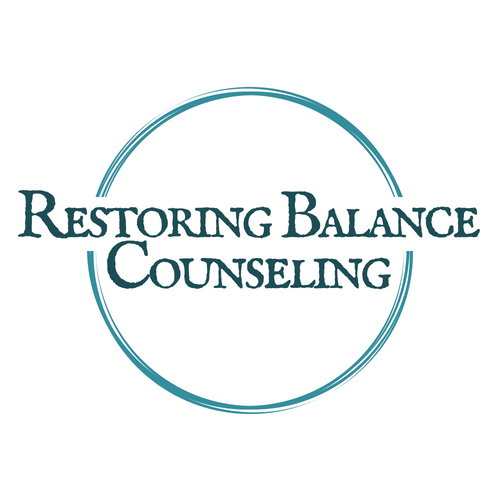The Gottman Institute (https://www.gottman.com/) says that deep, intimate connections between couples are created ‘through hundreds of very ordinary, mundane moments in which they attempt to make emotional connections.’ These ordinary moments, sometimes called ‘bids’ are usually informal moments when one partner attempts to gain the attention of the other and have some sort of emotional connection. They can come in many forms including:
Affectionate Touching (reaching for a hand, a kiss, a hug, a back rub)
Facial Expressions (smile, rolling the eyes, wink)
Playful Touch (tickling, dancing)
Generous Gestures (opening a door, acts of service)
Vocal Gestures (laughing, sighing, groaning)
Turning toward your partner when they are asking for your attention in these ways is a key for attaining relationship success. This is the difference between demonstrating care for your partner by giving them your attention versus disregarding them. Some of the other traits of highly connected couples include:
1. Continuously Learning About the Other Person
If you come from the perspective that you can never really know your partner completely, you will find yourself curious to learn more. There will always be memories that your partner has that you will not know. But you can get to know your partner more by asking deep questions with genuine curiosity. For example, not just questions about events, but what the experience was like for your partner on an emotional level.
2. Sharing Intimate Knowledge of Yourself
Allowing your partner into your inner experience (thoughts, emotions, sensations) is allowing vulnerability into your life which can be difficult, but vulnerability is the pathway to connection. Deeply connected partners have a shared language of affection for each other or special ways of touching each other that have a shared meaning. Inside jokes, pet names, and playful teasing are ways that couples connect to each other on an intimate level.
3. Positive Interactions
Two important parts of a couple’s daily interaction is listening and play. Listening is when you are fully available to hear their words and the emotion behind it. Play is the choice that you make to have a moment of fun with your partner. Listening is a way to heal many old wounds that partners carry with them into intimate relationships from their childhood and from past partners. Active listening is a difficult skill. Many believe they are listening, but they aren’t truly doing it. Rather than giving your partner half of your attention, face them and listen intently to what they are saying. Deeply connected couples tend to share humor between them as often as possible. Actually, the use of humor (not sarcasm) or affection during conflict can be important to the health of the relationship.
4. Shared Values and Goals
This does not mean that you and your partner have to have the same opinions or beliefs about all aspects of the world, but instead that you and your partner have a shared story about what is important to you. You talk with each other in terms of ideas, values, goals and how they allow you both to trust in your future together. Deeply connected couples know that each person is capable of change over their lifetimes, but what rarely changes about a person are their deeply-held core beliefs. Deeply connected couples share many core beliefs, which strengthens the depth their relationship because they connect to each other on a meaningful level.
All of these traits have the combined power to increase trust and safety between partners which then allows for increased vulnerability. This starts a cycle that gives energy back and forth (vulnerability builds trust, trust builds more vulnerability=>CONNECTION)
If you’re still struggling with how to connect with your partner, communicate openly, or to build trust in your relationship, feel free to contact me please contact me at (717) 288-5064 / gregghammond@restoringbalancelancaster.com and schedule an appointment today.



